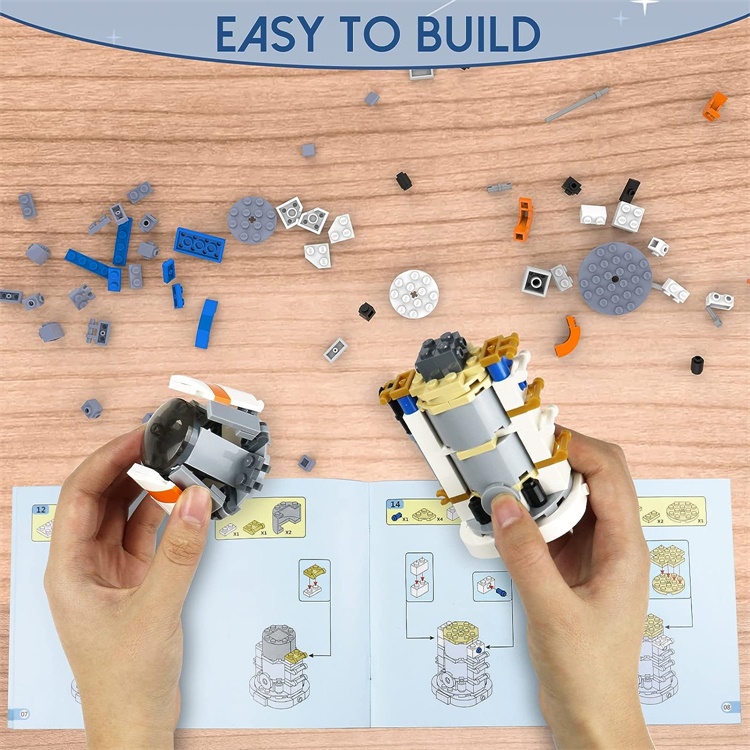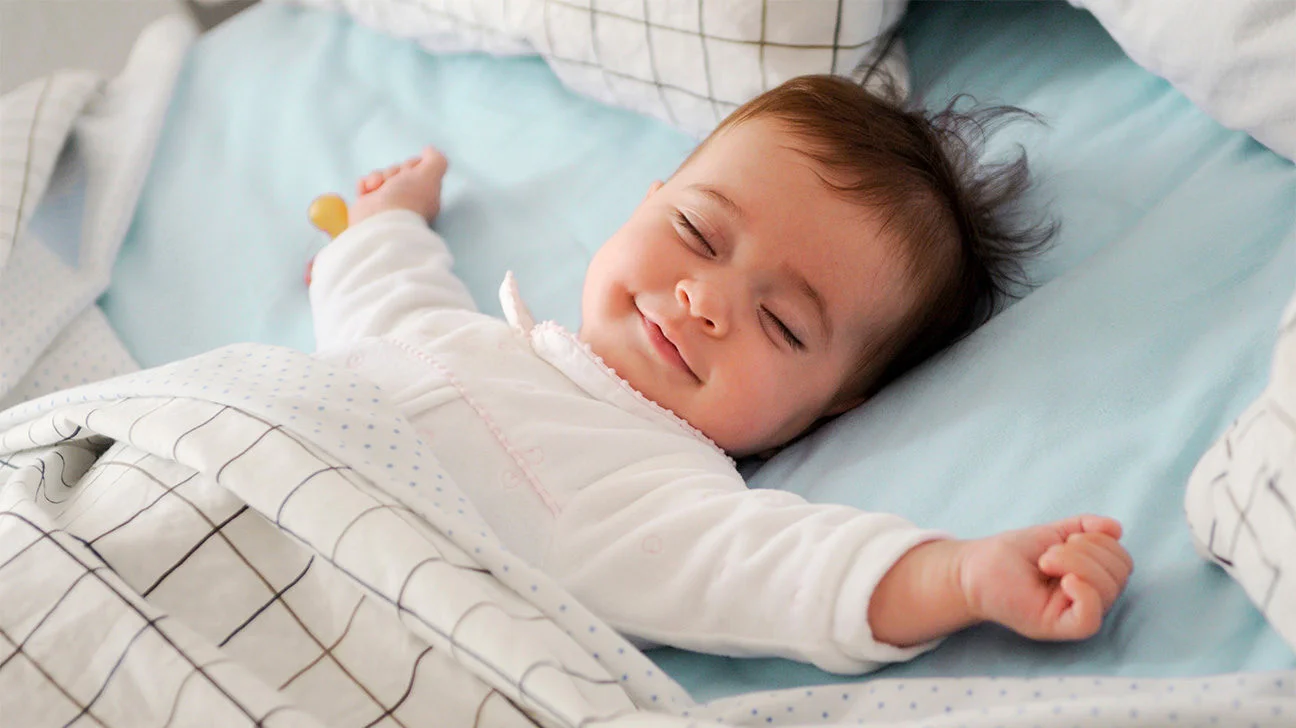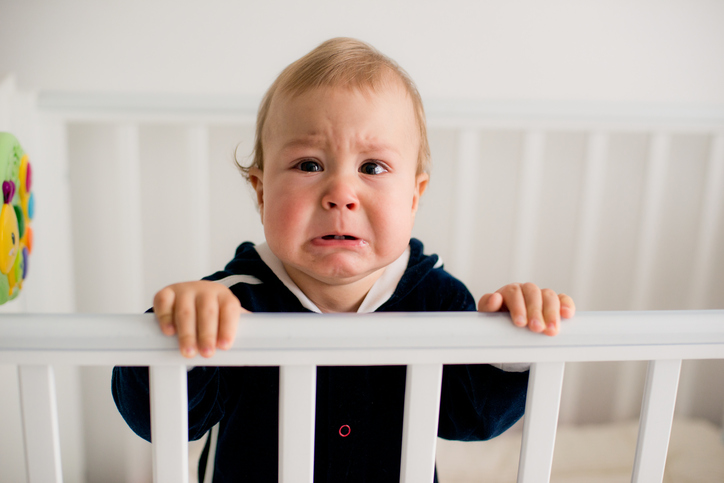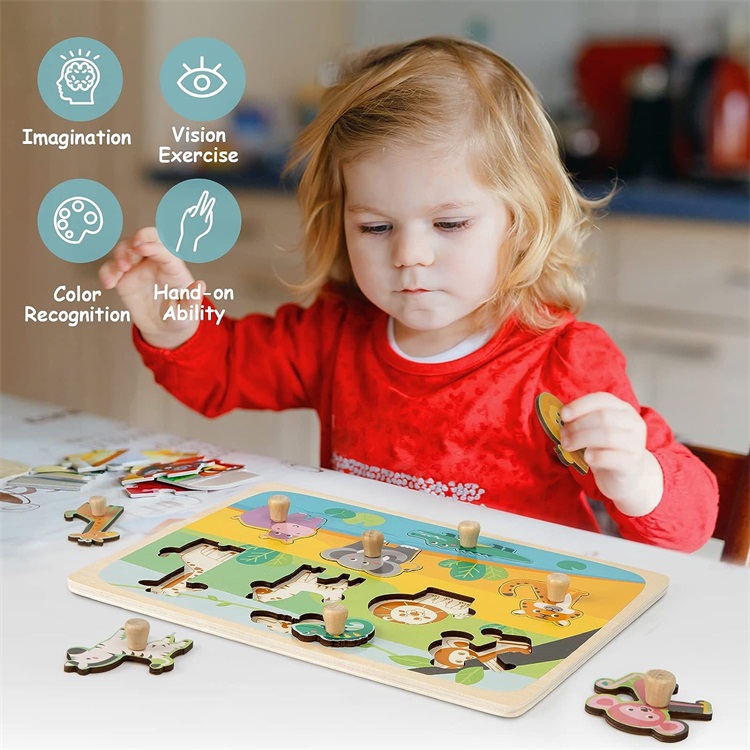The Building Blocks of Your Child’s Development
Building blocks can be used as a powerful learning tool and help children to develop their:
- Fine motor skills: While children are shifting, scooting, crawling and stretching to complete their masterpiece, they are helping to strengthen their gross motor skills.
- Hand-eye coordination: During play, children are enhancing their hand-eye coordination by understanding how they control their hands and fingers as well as figuring out the connection between touch and sight.
- Spatial awareness and reasoning: Spatial perception is the ability to perceive spatial relationships with the environment around you. Young children start off by simply carrying blocks, then progress to making rows or stacking blocks. In time, they learn to make bridges by using two blocks to hold the third block. This shows a developing understanding of spatial relationships.
- Cognitive flexibility: Blocks provide endless opportunities for learning about value and numbers, comparing numbers, and comparing sizes and lengths.
- Language skills: When children are building with siblings or friends, they will naturally be developing their language as they discuss the process with each other.
- Creativity: Blocks and other loose parts can be moved freely by children, to be combined and recombined in countless ways.
- Problem solving: Sometimes it is intentional: “I want to build X. How do I do that?”
- Critical thinking: Construction toys provide understanding of how pieces fit together and encourages comprehension of differing directions, shapes, and spaces. Through critical thinking about whether a piece will fit or form the shape they desire, children will utilize and foster spatial reasoning.
- Social competence: Blocks help children learn to take turns and share materials, develop new friendships, become self-reliant, increase attention span, cooperate with others, and develop self-esteem.
- Engineering skills: Important concepts and skills are practiced and strengthened through block play, including length, measurement, comparison, number, estimation, symmetry, balance.
- Development in all areas: Block play requires fine and gross motor skills. Blocks enhance children’s problem-solving abilities, mathematics skills, and language and literacy abilities. And constructing “creations” builds selfesteem and feelings of success.
6 Tips for playing with building blocks
1. Engage young children by participating yourself and engaging them in spatial talk
Children get more from block play when someone demonstrates how to build with them. Children also benefit when we talk with them about spatial ideas, e.g. what size block do you need for that space? How many bricks do we need to build a tower?
2. Encourage cooperative building projects
Younger children benefit from playing cooperatively with other children of different ages. You may need to play the part of setting a project or getting children playing together. It might be a younger child searches for all the green bricks whilst the older child builds the start of the structure. They may need your help to start thinking like this, stay on task and play cooperatively to the same end goal.
3. Challenge children with specific building tasks
Free play is very important and something that Kindred champions however, we know that children also benefit from adult led activities and structured learning opportunities. Get your child trying to match a structure to a template, you could print a picture of a basic house and then ask your child to build one. Our Building Block challenge will give you some more ideas and inspiration for this.
4. Remember that imaginative play can be used with block play
Construction play seems so obviously mechanical but remember children will also benefit from fantasy and make-believe. Think about your child’s current interests and what is igniting their imaginations. If they are really interested in dinosaurs then perhaps build a dinosaur park.
5. Stimulate interest in toy blocks by providing children with character toys and other accessories
Is your child a reluctant builder? Then you can add small world characters, vehicles, real objects to make a land. Grass, flowers, mini toys from a dolls house or something similar can change play completely and get your child interested in building and extending their building to create a ‘world’.
6. Combine block play with story-time and role play
After a story give your children props and bricks to recreate the story. You can use this time to talk about the story, problem solve, ask questions whilst building and being creative. For example, the story of the three little pigs, you could then make the pig characters and the wolf, collect sticks and hay to build houses and then build a house of bricks.
Post a Comment
You must be logged in to post a comment.






